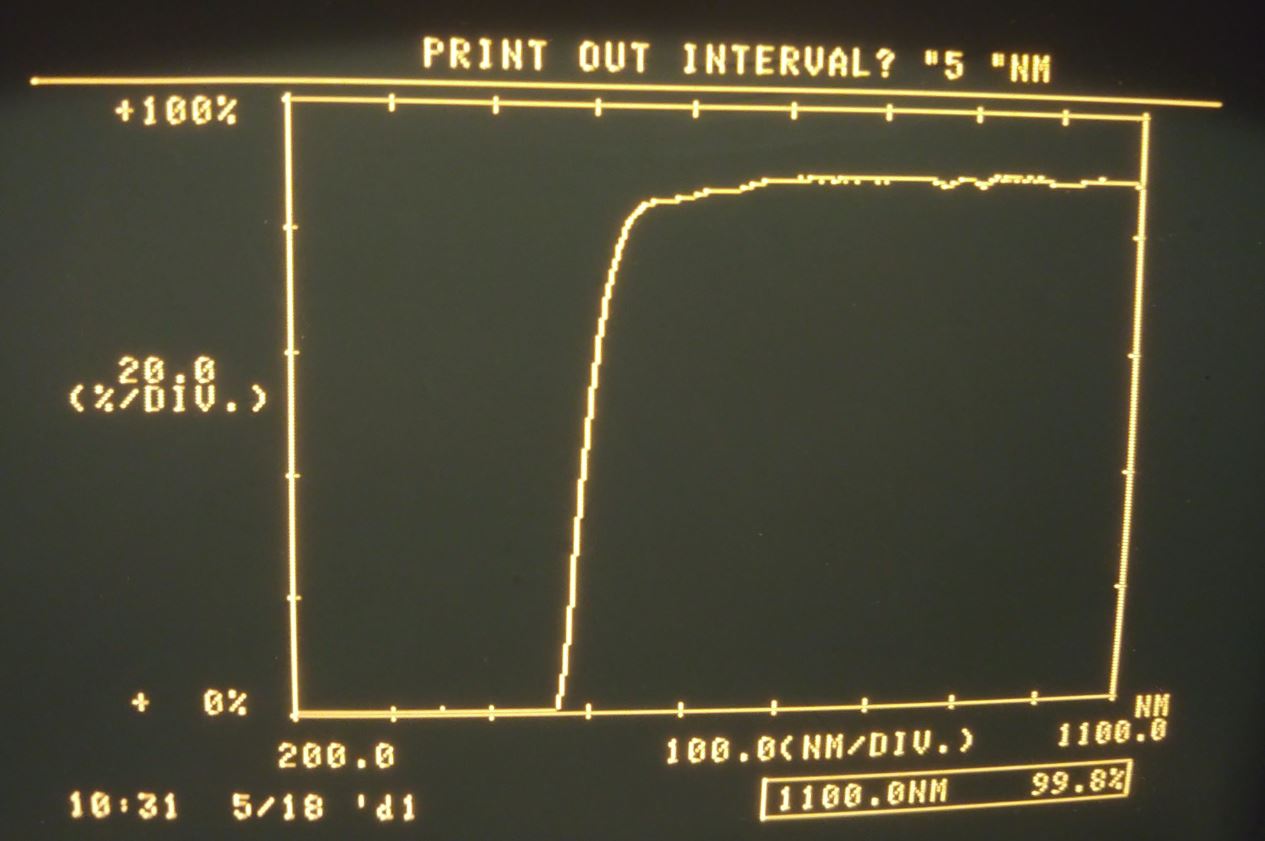Largely it's bullshit. The color of the acrylic isn't what's doing it, it's that it's acrylic.
Here's the optical transmission properties for...just acrylic: https://www.sanatron.com/blog/optical-transmission-properties-of-acrylic.php
That's one of the first things to learn in 3D printing, is that if it's from China, it's bullshit. Those carbon filters they have on mSLA printers? Bullshit. Don't protect you at all. You're literally killing yourself if you're relying on them.
